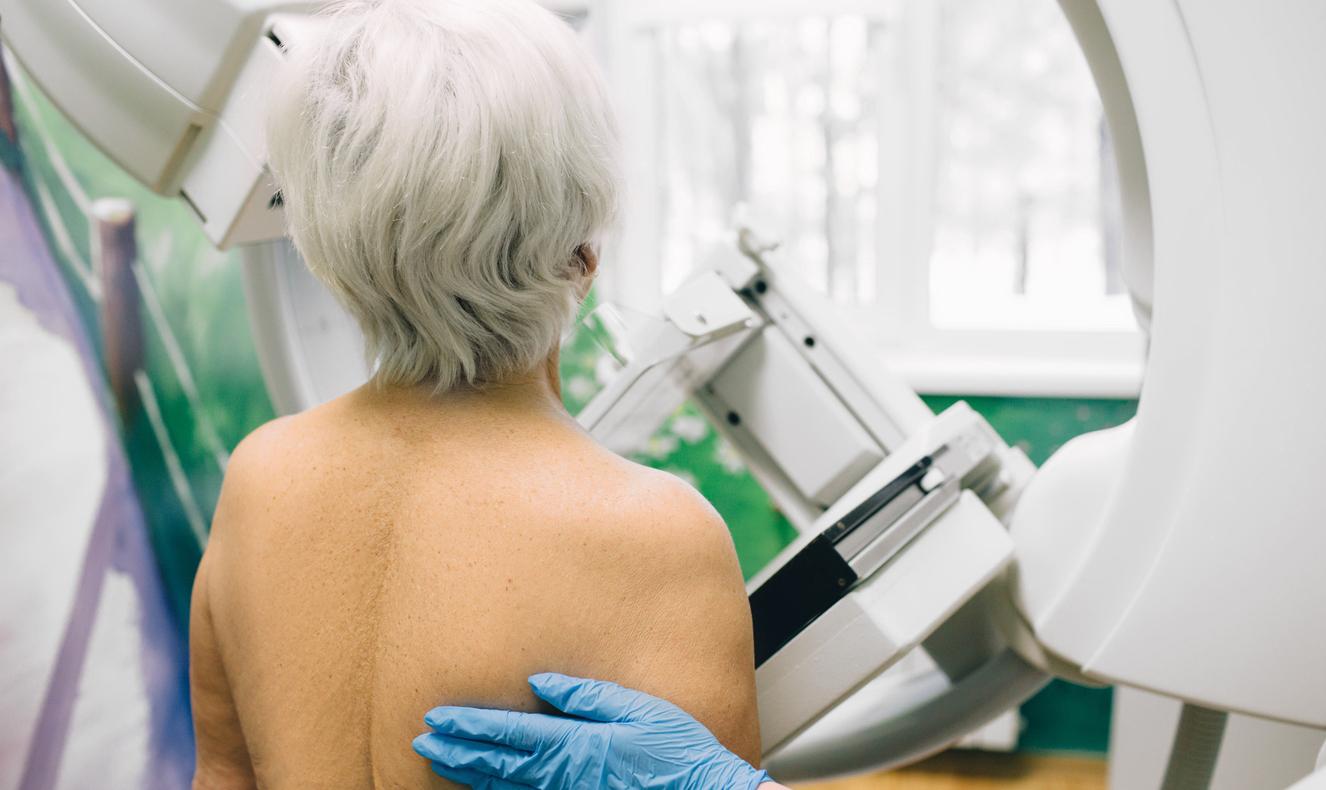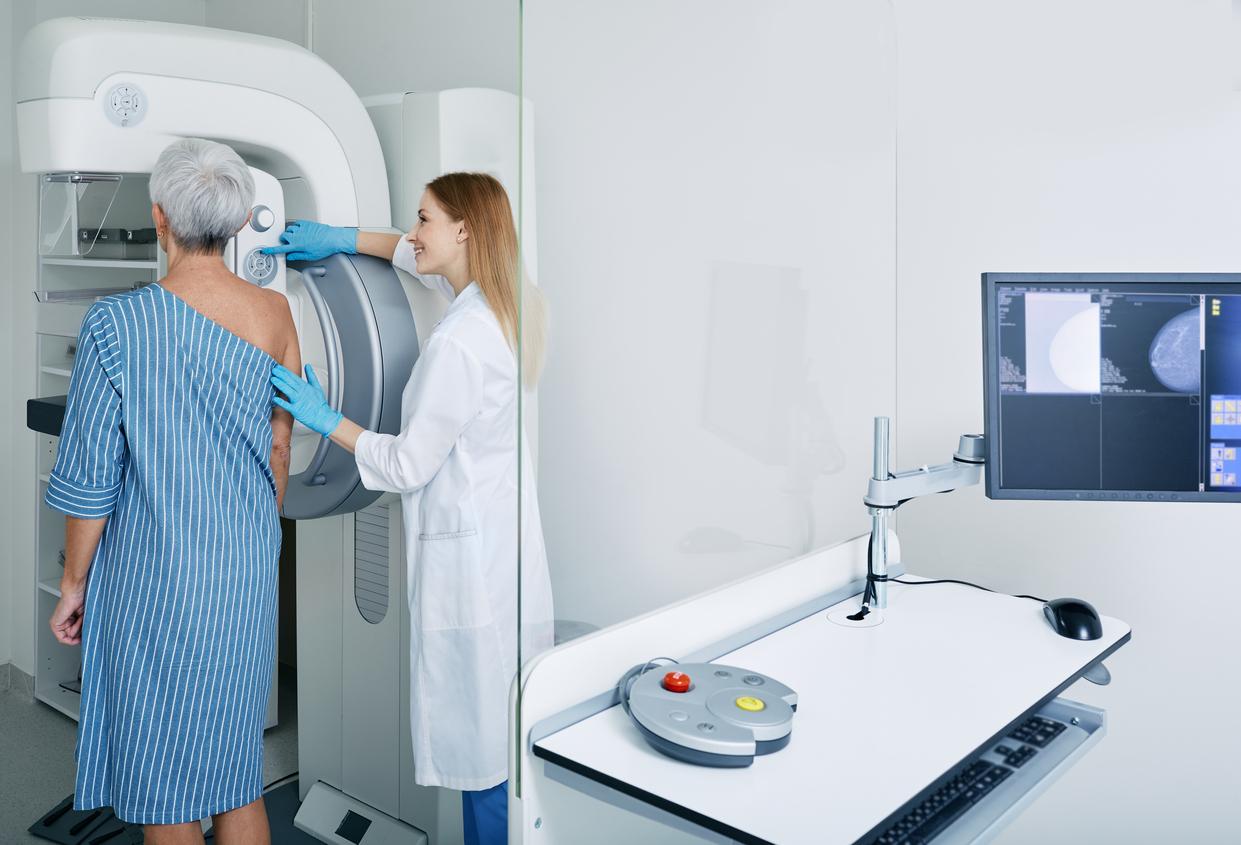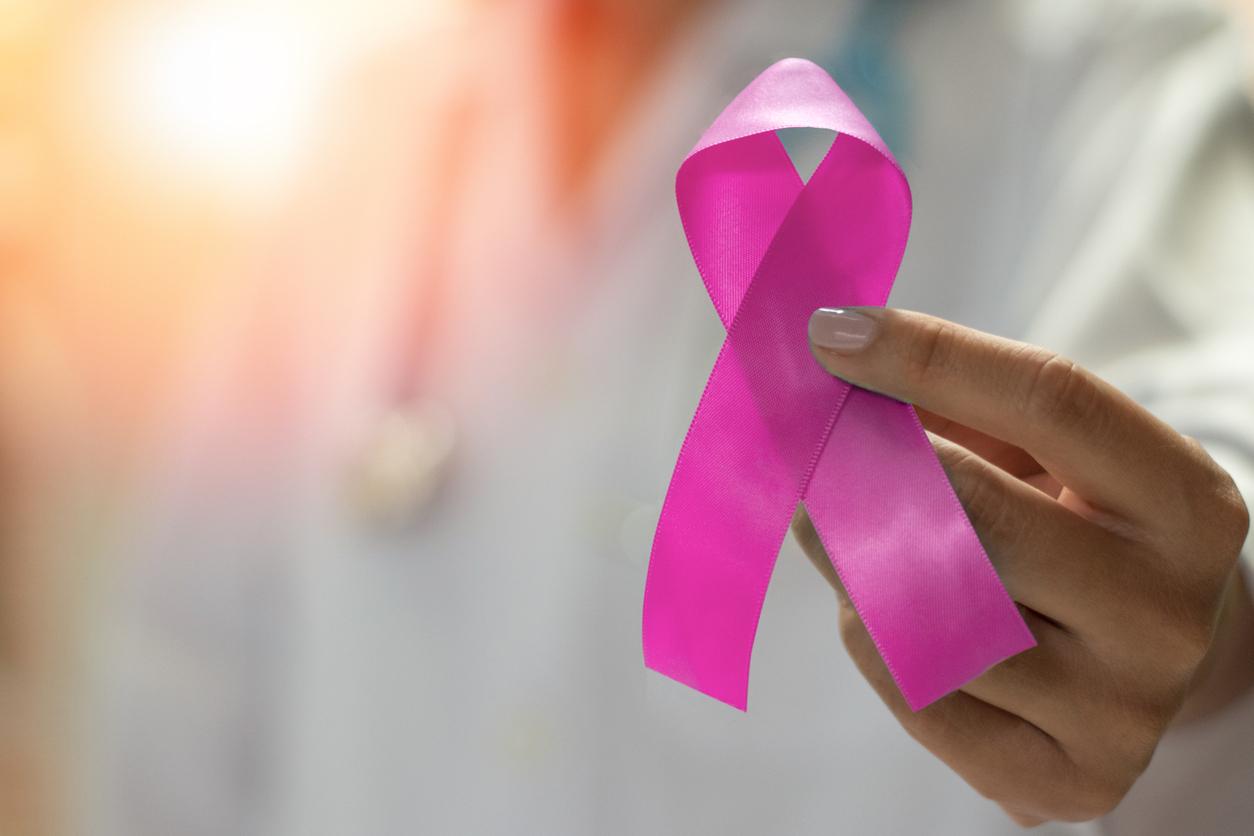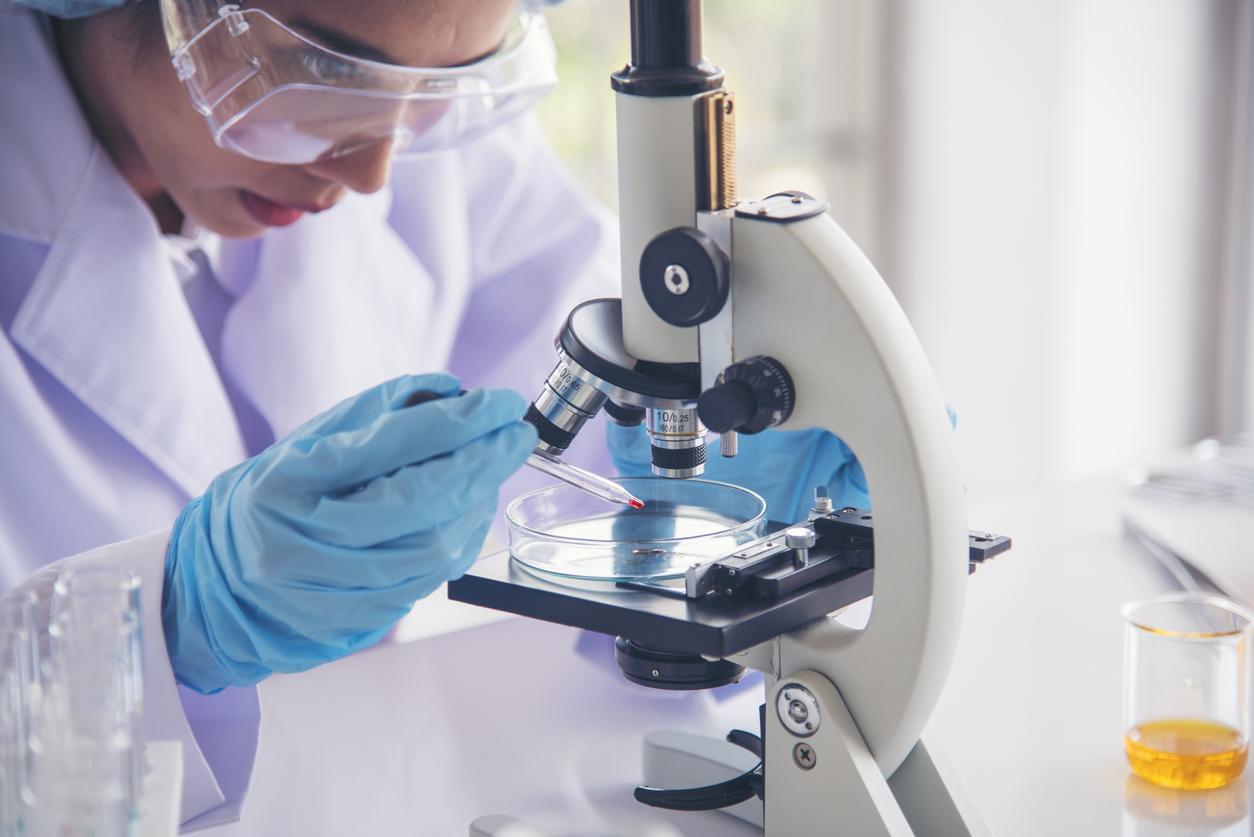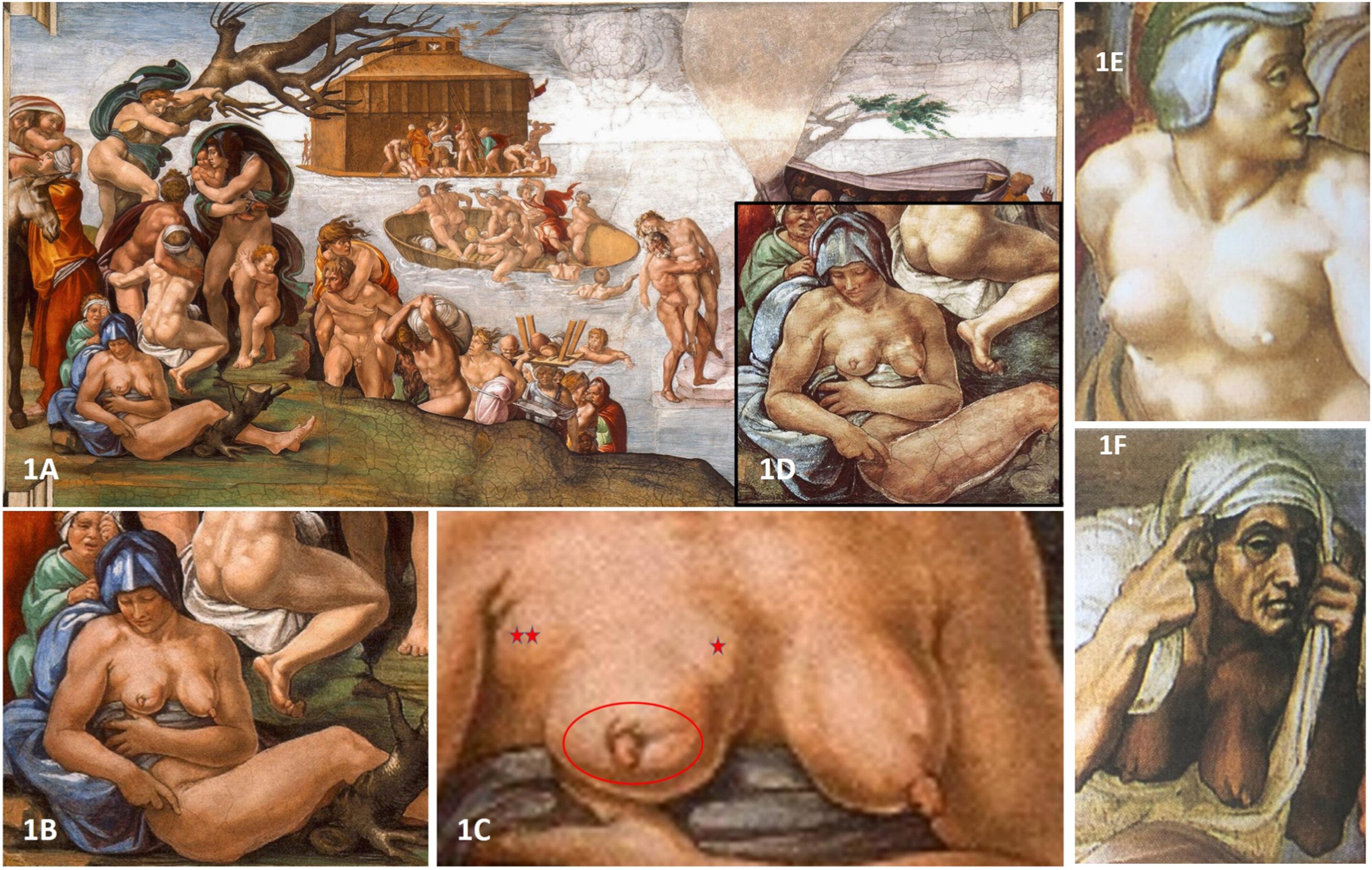A first international multi-institutional study reveals that accelerated radiotherapy does not increase complications for patients undergoing breast reconstruction following a mastectomy.
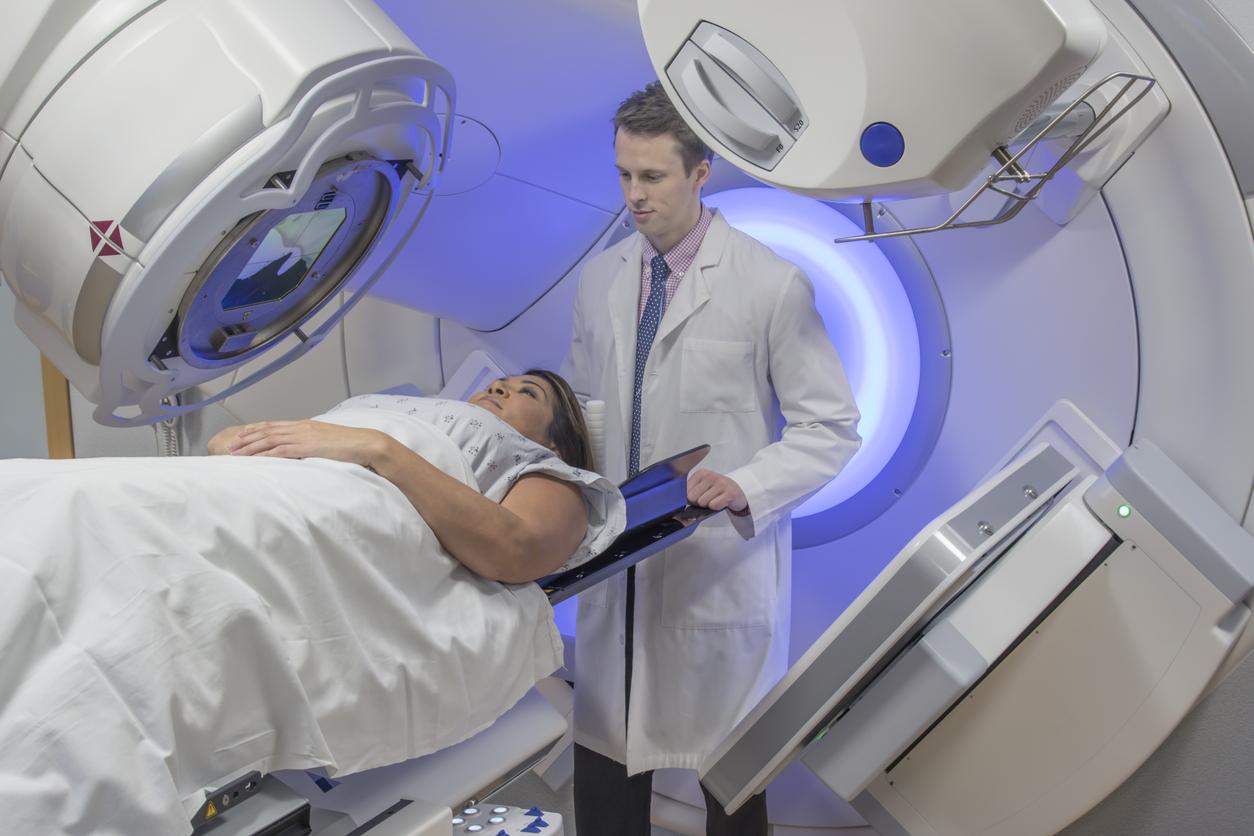
- “Radiotherapy after a mastectomy saves lives,” recall researchers.
- Two years after reconstructive surgery, 14% of cancer patients who received shorter radiotherapy (i.e. 16 instead of 25 sessions) experienced complications, compared to 12% of those who received conventional treatment.
- Within three years of treatment, recurrence rates were similar, with cancer returning in only 1.5% of patients who received accelerated radiotherapy, compared with 2.3% of those in the conventional radiotherapy group.
After a mastectomy (i.e. breast surgery that involves removing the entire breast in which the tumor is located), patients with breast cancer need radiation therapy to the chest wall and lymph nodes to help prevent recurrence. Historically, irradiation, whose goal is to destroy breast cancer cells, generally takes place over a period of five to six weeks. “Over the past ten years, we have tried to reduce the length of radiotherapy sessions for all patients who need it, because the higher daily doses of radiation could increase side effects. But those who have had a mastectomy and are planning breast reconstruction were the only group for which we did not have sufficient data to justify shorter treatments. declared Matthew M. Poppeprofessor of radiation oncology at the University of Utah in Salt Lake City (United States).
Breast cancer: radiotherapy of 25 fractions over five weeks or 16 fractions over approximately three weeks
This is why the researcher and his team decided to carry out a study, published in the journal International Journal of Radiation Oncology*Biology*Physicsto address the lack of evidence for shorter irradiation regimens. As part of their work, they recruited 898 people with unilateral invasive breast cancer from 209 academic and community cancer centers in the United States and Canada from 2018 to 2021. Eligible patients were those with larger (pT3N0) or smaller tumors and regional lymph node invasion (pT0-2 pN1-2).
Participants, having received chemotherapy before or after mastectomy, planned immediate or delayed breast reconstructive surgery after post-mastectomy radiotherapy. They were divided into two groups to receive either conventional radiotherapy consisting of 25 fractions administered over five weeks (50 Gray in total), or hypofractionated radiotherapy consisting of 16 fractions administered over approximately three weeks (42.56 Gy in total). Then, the volunteers were followed for about five years by the scientists to assess any reconstruction complications, including wound healing problems, hospital readmission, unplanned reoperation, reconstruction failure. or capsular construction, which involves scar tissue affecting the new breast.
Complications in 14% of patients who received shorter radiotherapy
Among the 650 patients who completed their reconstruction during the study period, 59% had implants alone and 41% had autologous reconstruction using their own tissues, with or without implants. According to the results, the incidence of breast reconstruction-related complications at 24 months was 14% with the shorter radiotherapy compared to 11.7% with the standard treatment. “This difference was considered statistically noninferior. (…) We expected a complication rate of 25 to 35% based on previous research conducted at a single institution on patients who underwent reconstructive surgery and radiotherapy. “It was very exciting to see a complication rate that was almost half of what we had expected.” said Atif J. Khan, lead author of the research.
Regardless of the treatment program, patients experienced fewer complications after autologous reconstruction than after reconstruction with implant alone (8.7% autologous versus 15.5% with implant alone). According to the authors, local or regional recurrences at thirty-six months occurred in 1.5% of adults who received shorter radiotherapy and in 2.3% of patients treated conventionally. Without radiation therapy, the typical recurrence after mastectomy in patients with high-risk disease is 20-30%. As for side effects, they were equally mild for both groups.
“Radiation therapy after mastectomy saves lives. Patients should not have to choose between radiation therapy or no radiation therapy based on their desire for reconstruction, or because they cannot lose six weeks of their life” , concluded Matthew M. Poppe, who hopes that this study will encourage more cancer centers to adopt a shorter radiotherapy treatment for all patients who have undergone a mastectomy.











